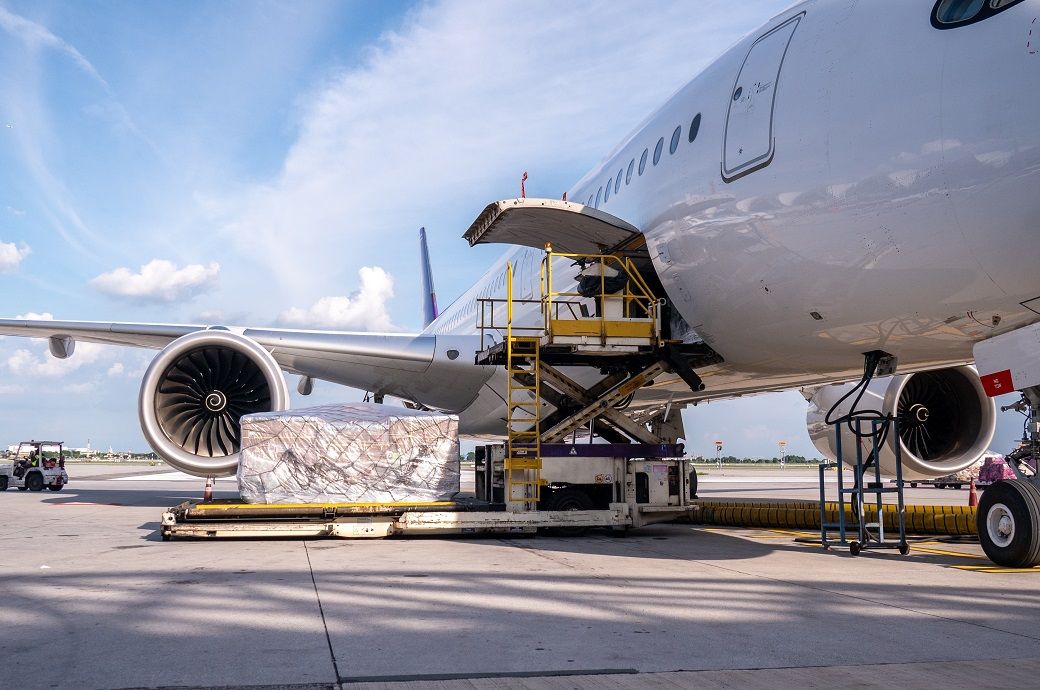
As with Q2, the US remains disruptor in chief well into Q3, though there are signs that it is done handing out tariffs for the time being. Its last salvo, the majority of which came into force in July and August, have ripped through the air freight market via global trade flows and reinforced a common thread: capacity is outstripping demand.
It was inevitable that shippers would front load to beat tariff deadlines, and that once they had done so demand would quickly revert to muted levels. Short-lived spikes have passed, leaving a dampened peak-season in their wake. The fragility of consumer spending has been exposed too, with inflation rising and spending on discretionary goods falling, according to Ti’s latest Air Freight Tracker report.
Meanwhile across markets, capacity swings have been decisive. The rebound in passenger networks expanded belly-hold lift, while freighter redeployment between the Pacific and Europe distorted rate behaviour. In Q4, carriers will have to trim schedules without over correcting as oversupply problems are more than likely to persist.
India’s manufacturing has reached levels not seen in almost two decades and offers a counterbalance to China’s slowdown. It remains to be seen how much the tariffs introduced in August will impact this; as it stands much of Asia is constrained by US trade policy. Europe on the other hand is showing flickers of manufacturing growth, although consumer spending is starting to lag. It is the same story in the US.
ALCHEMPro News Desk (RR)
Receive daily prices and market insights straight to your inbox. Subscribe to AlchemPro Weekly!